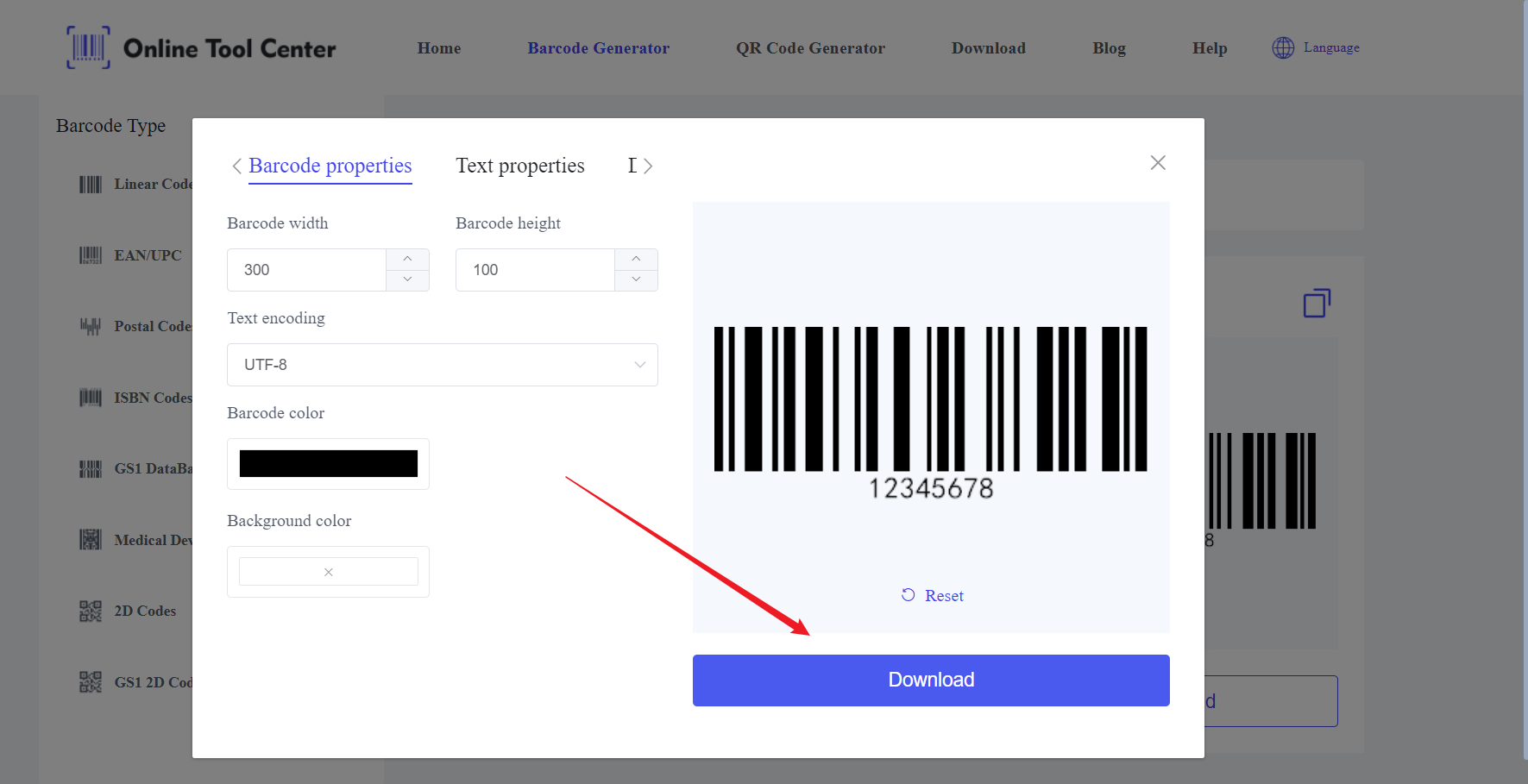Barcode tags have become an essential tool for businesses across various industries.
These tags offer numerous benefits over manual entry systems, including increased efficiency, accuracy, and cost savings.
In this comprehensive guide, we'll explore what barcode tags are, their applications, how to create them, and their benefits. By the end of this article, you'll understand why integrating barcode tags into your business operations is a smart move.
What Is Barcode Tagging?
Barcode tags are labels that contain information using bars and spaces of varying widths.These tags can be scanned by barcode readers to quickly and accurately retrieve the encoded data. Barcode tags come in various types, including linear (1D) barcodes and matrix (2D) barcodes.
Benefits of Using Barcode Tags Over Manual Entry
Manual data entry is prone to human errors and can be time-consuming. Barcode tags eliminate these issues by allowing for quick and accurate data capture. This leads to several benefits:
● Efficiency: Barcode scanning is much faster than manual entry, streamlining various processes.
● Accuracy: Reduces errors associated with manual data input.
● Cost Savings: Minimizes labor costs and reduces inventory shrinkage.
● Improved Data Management: Enables real-time updates and better tracking.
Applications of Barcode Tags
Barcode tags are versatile tools used across various industries, each reaping significant benefits from their unique features and functionalities.
Custom barcode tags can be tailored to meet the specific needs of different applications:
1. Asset Tags
Asset barcode tags are used for tracking company assets and equipment, ensuring that all items are accounted for and reducing the risk of loss or theft.
Asset tags often include additional information like serial numbers or maintenance schedules, enhancing asset management efficiency.
2. Inventory Labels
Essential for managing stock levels, inventory labels help businesses keep track of their products in warehouses and retail spaces.
They enable quick scanning during inventory audits and real-time stock level updates, reducing the chances of overstocking or stockouts.
3. Barcode Security Tags
These tags are crucial for preventing theft and loss, especially in high-value retail environments. Security tags often come with tamper-evident features that make it obvious if an attempt is made to remove or alter them, thus deterring theft and providing an extra layer of security.
Ideal for tracking valuable items in retail jewelry stores, barcode tags for jewelry are designed to be small and unobtrusive while providing all necessary product information.
They help in maintaining accurate inventory records, ensuring each piece of jewelry is accounted for and easily identifiable.

By customizing barcode tags for these specific uses, businesses can significantly enhance their operational efficiency, security, and data accuracy.
How to Create Barcode Tags?
1. Using an online barcode generator.
2. Choose the type of barcode you need (e.g., QR code, UPC, Code 128).
3. Enter the data you want to encode and create.
4. Customize the size and design if needed.
5. Download the barcode.

How to Print and Apply Barcode Tags?
Printing and applying barcode tags correctly is crucial for ensuring their longevity and readability. Here’s a detailed guide to help you through the process:
1. Materials and Durability
The choice of material for your barcode tags affects their durability and suitability for different environments:
● Paper: Cost-effective and suitable for indoor use. However, paper tags are less durable and can be easily damaged.
● Synthetic Materials: Options like polyester, polypropylene, and vinyl are waterproof, tear-resistant, and suitable for harsh environments. These materials ensure that your barcode tags remain readable over time.
2. Printing Methods
● Thermal Label Printers: Ideal for high-volume printing with durable and high-quality output. Best for environments requiring long-lasting labels.
● Laser Printers: Produce high-resolution barcodes, suitable for detailed graphics and text.
● Inkjet Printers: Versatile and cost-effective for low to medium print volumes, though not as durable as thermal printing.
3. Application Techniques
Proper application techniques are essential for ensuring the longevity and readability of your barcode tags:
● Surface Preparation: Clean and dry the surface where the barcode tag will be applied. Any dust, oil, or moisture can affect the adhesive and readability of the barcode.
● Alignment: Ensure the barcode is applied straight and free of wrinkles or bubbles. Misalignment can make scanning difficult.
● Adhesion: Use strong adhesives to secure the barcode tag firmly to the surface. Consider the environment where the tag will be used—opt for waterproof or tamper-evident adhesives if necessary.
● Protection: In high-wear environments, consider using protective overlays or laminates to prevent the barcode from wearing out.
By carefully selecting materials, choosing the right printing method, and following best practices for application, you can ensure that your barcode tags remain durable and functional, providing reliable performance in various conditions.
In summary, barcode tags offer numerous benefits, from increased efficiency and accuracy to cost savings and improved data management. Explore the range of barcode solutions with a barcode generator to enhance your business operations today.




